Researchers Are Racing to Unearth The Secrets of an Ancient Underwater World
The underwater city of Atlantis might not be a myth. Scientists are now racing to explore the depths of a long-lost civilization beneath the ocean’s surface.
This ancient underwater civilization, known as Doggerland, is thought to have thrived in the North Sea region nearly 8,000 years ago.
The Team Behind the Study
Leading the study is a team from the University of Bradford’s Submerged Landscapes Research Center in the U.K., the TNO Geological Survey of the Netherlands, the Flanders Marine Institute, and the University of York.
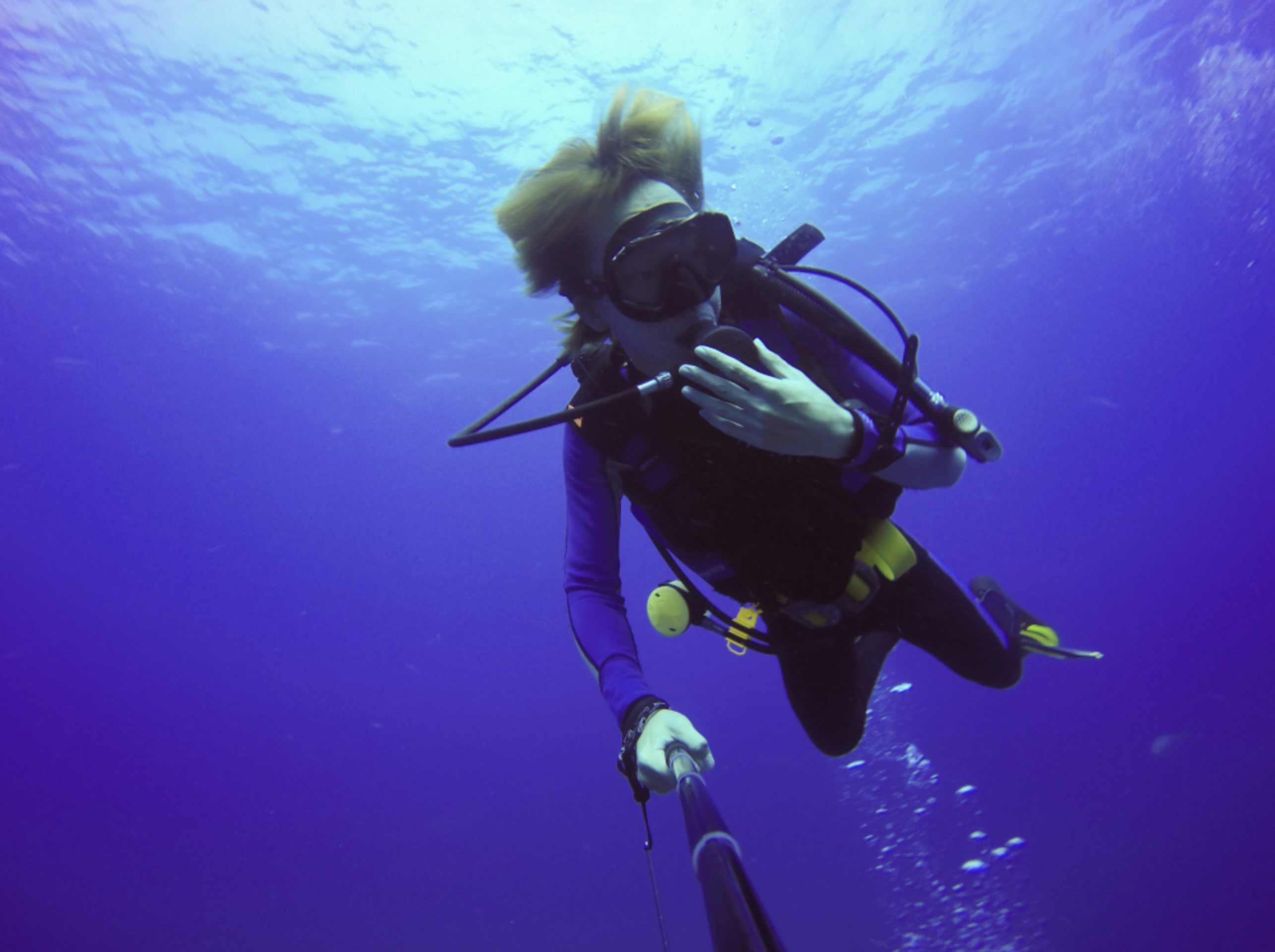
Source: Freepik
The team, known as SUBNORDICA, will explore the vast plains that were home to an ancient human civilization, which has long been submerged underwater after water levels rise following the last Ice Age.
The Rising Water Levels
“Twenty-thousand years ago, the global sea level was 130 meters lower than at present. With progressive global warming and sea-level rise, unique landscapes, home to human societies for millennia, disappeared,” Vincent Gaffney, leader of the Submerged Landscapes Research Center, said in a press statement.

Source: Baron Reznik/Flickr
The last glacial period lasted until 25,000 years ago, causing water levels to rise as ice melted away. While some ancient civilizations were able to build structures to stop the rising water levels, some disappeared below the surface of the sea.
Where These Ancient People Lived
Researchers have started to look more closely at the 7.7 million square miles of land that were once above water. This strip of land along the European coastline may have been “the most attractive land for prehistoric settlement anywhere on the continent.”
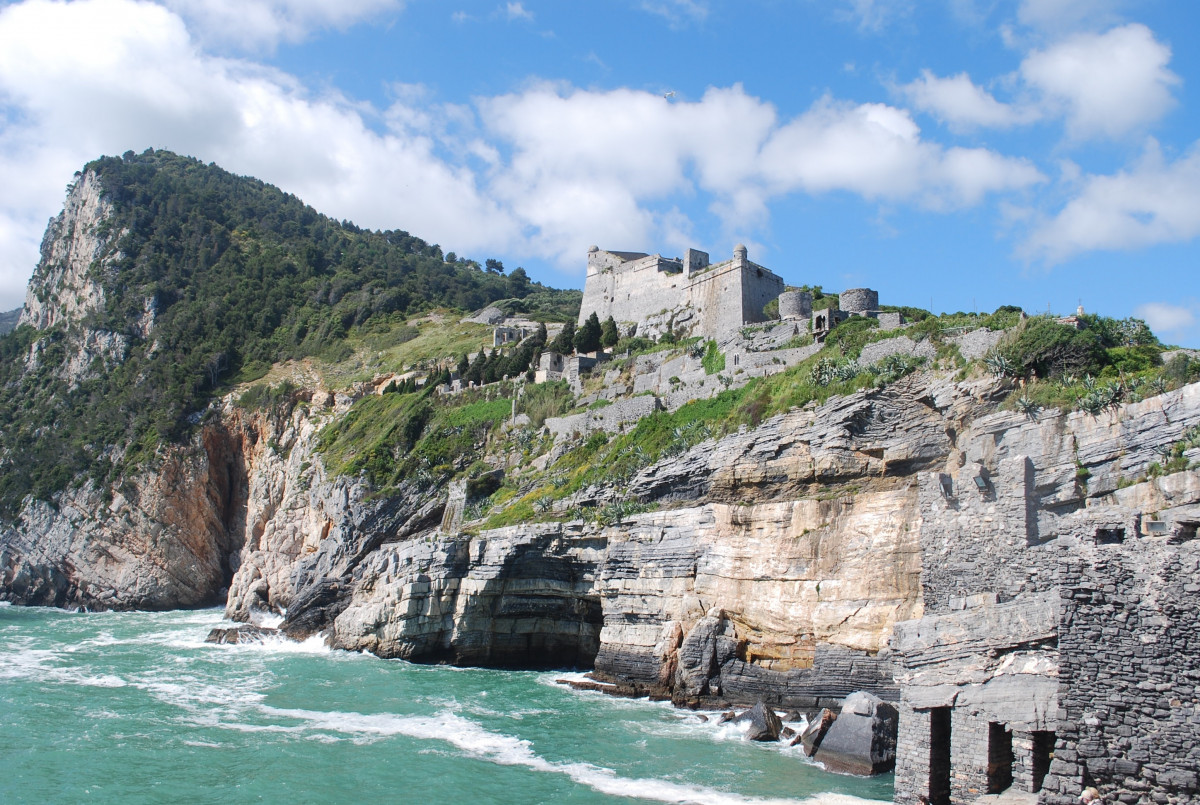
Source: PxHere
Due to its location, researchers believe that many prehistoric settlements inhabited this strip of land, preserving the history of humanity from a time largely unknown to modern-day people.
The Home of the Ancient Civilizations
Today, the strip of land that could have been home to many ancient civilizations is under development as North Sea nations install offshore wind farms to combat climate change.

Source: American Public Power Association/Unsplash
Currently, the Earth is experiencing a warming interglacial period, which means glaciers or sheets of ice are melting and retreating, rather than growing and moving across the landscape, pushing rocks and sediments.
The Unknown People
“We know almost nothing about the people who lived on these great plains. As Europe and the world approach net zero, the development of the coastal shelves is now a strategic priority. SUBNORDICA will use the latest technologies to explore these lands and support sustainable development,” Gaffney said.
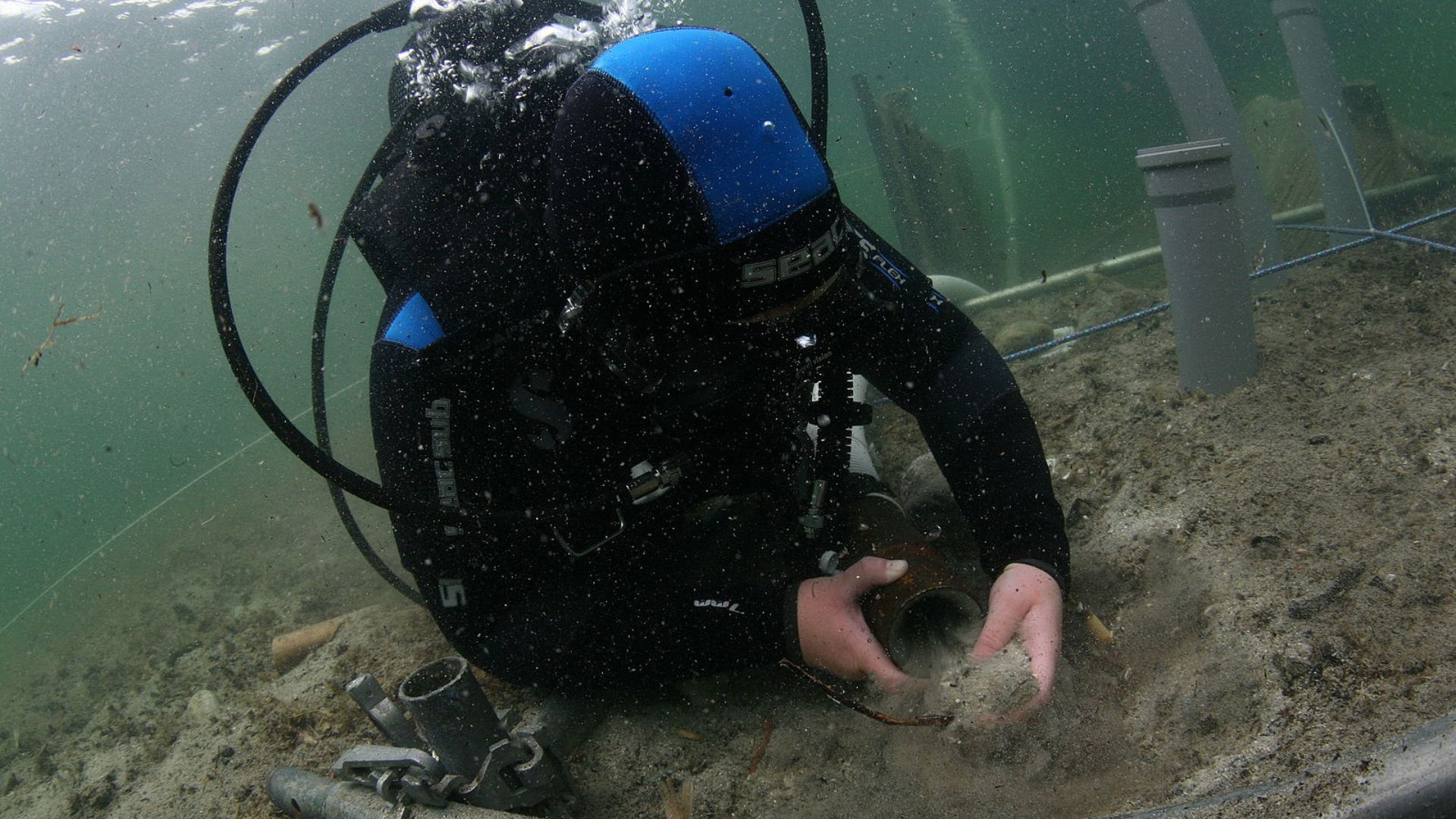
Source: Wikimedia Commons
The team will be using tech like advanced seabed mapping, AI tools, seismic and acoustic surveys, boreholes, and computer simulations to recreate the lost settlements.
Green Energy Grows Along Europe’s Coastline
As green energy infrastructures grow along the coast, scientific access to these areas could be limited. Uncovering the secrets of ancient, water-logged civilizations has now become a race against the clock.
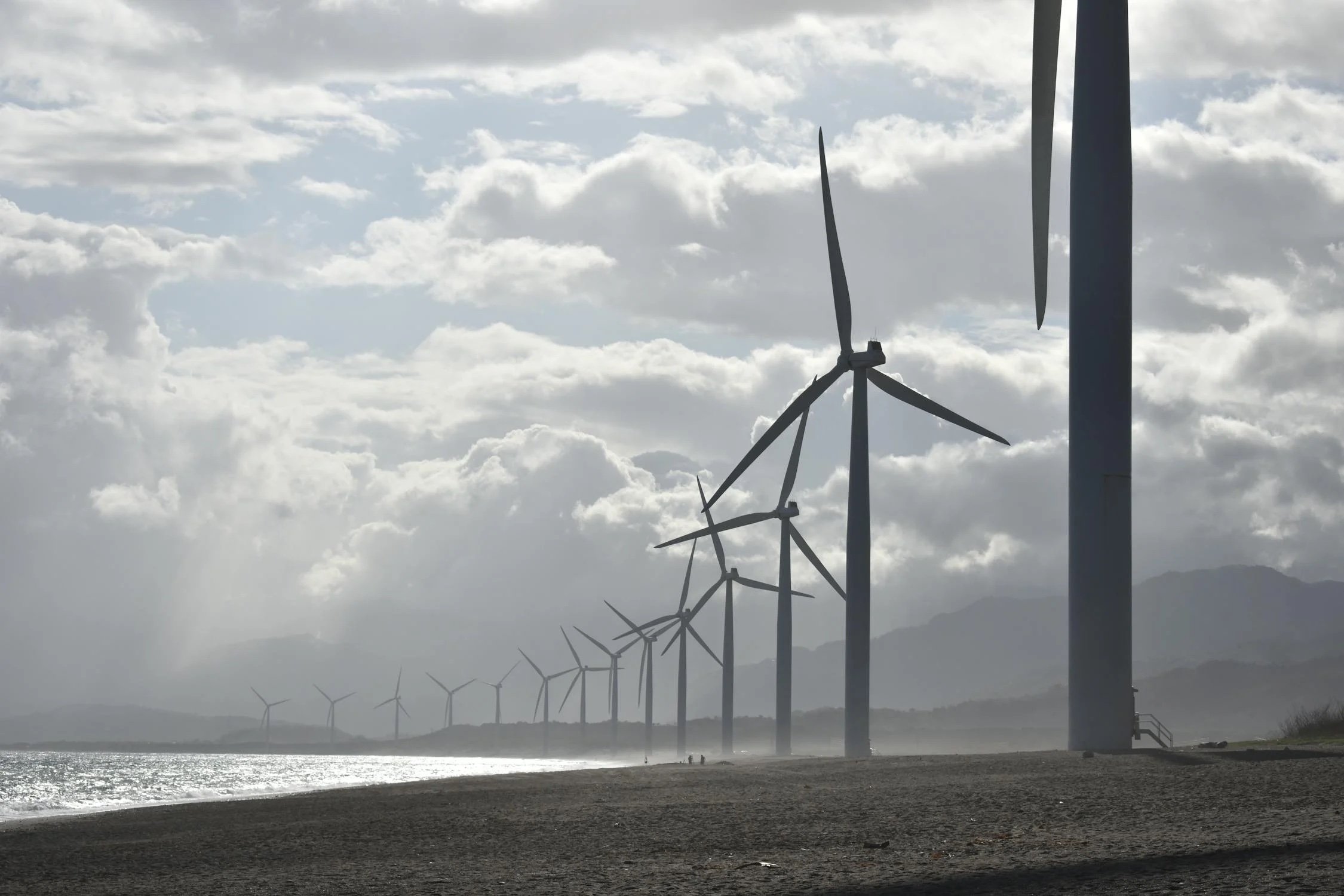
Source: Jem Sanchez/Pexels
Projects like SUBNORDICA are rushing to investigate the area and the remains of ancient civilizations as quickly as possible before they are gone forever.
Plans to Assess Future Green Energy Initiatives
The University of Bradford announced plans to analyze data gathered from the magnetometer surveys, which intend to assess the environmental impact of future green energy initiatives.
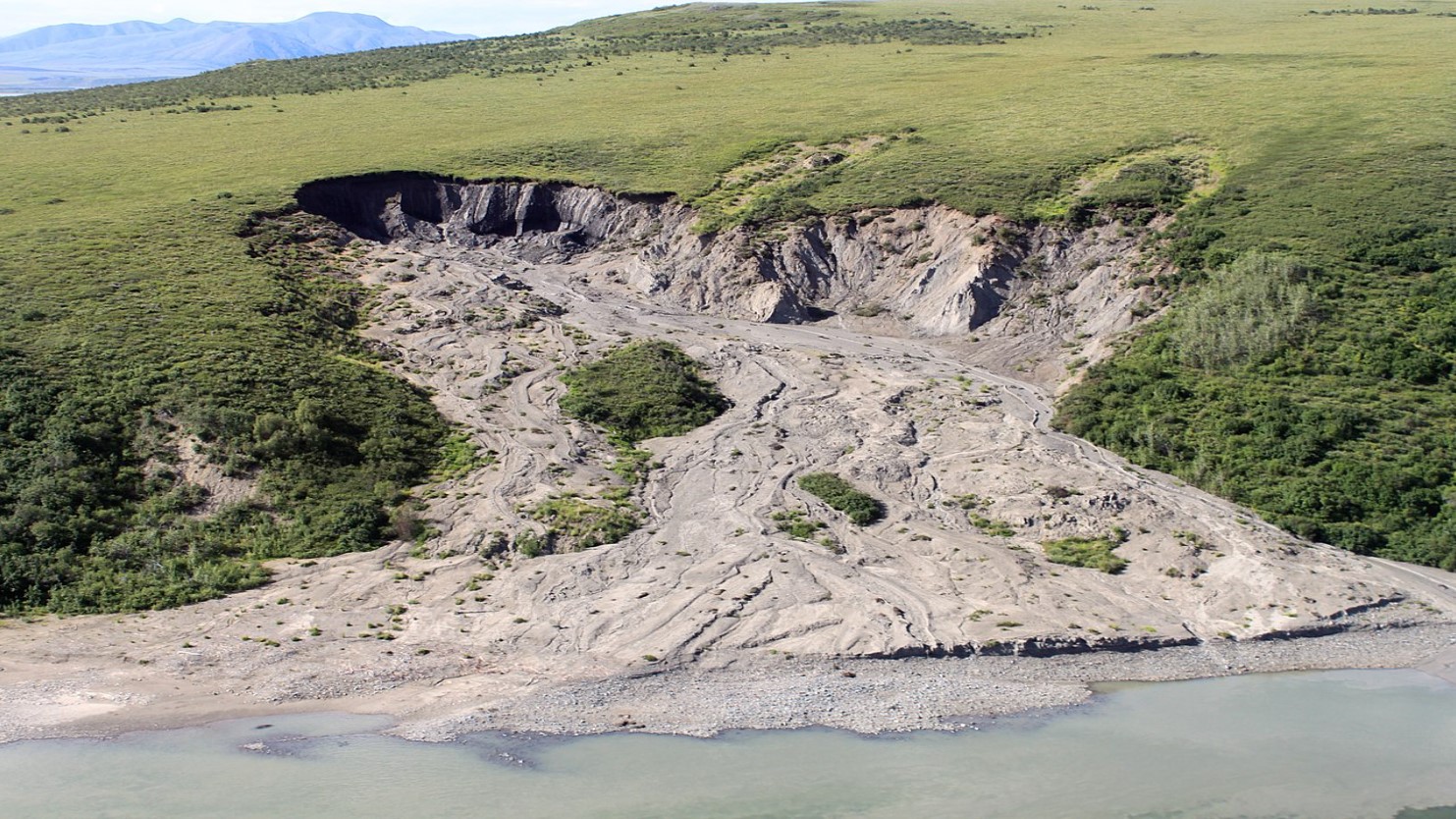
Source: NPS Climate Change Response/Wikipedia
Researchers at the university say magnetic fields can help identify “peat-forming areas…or where erosion has occurred, for example in river channels.”
The Goals of SUBNORDICA
“SUBNORDICA will investigate the significance of ancient coastlines and its resources for humans,” Peter Moe Astrup, an underwater archaeologist at Denmark’s Moesgaard Museum, said in a press statement. “Through diving surveys in Aarhus Bay [in Denmark], we will determine how widespread coastal settlements were compared to those in the interior and determine how marine resources were exploited 9000 to 8500 years ago.”

Source: Chokniti Khongchum/Pexels
“This knowledge will then be used to target archaeological investigations in less accessible areas.”
The Long Battle Against Climate Change
The battle against climate change has been an ongoing saga in human history. While modern humans (mostly corporations) are burning fossil fuels that help speed up the naturally occurring process, ancient humans had time to prepare and fight against environmental changes.
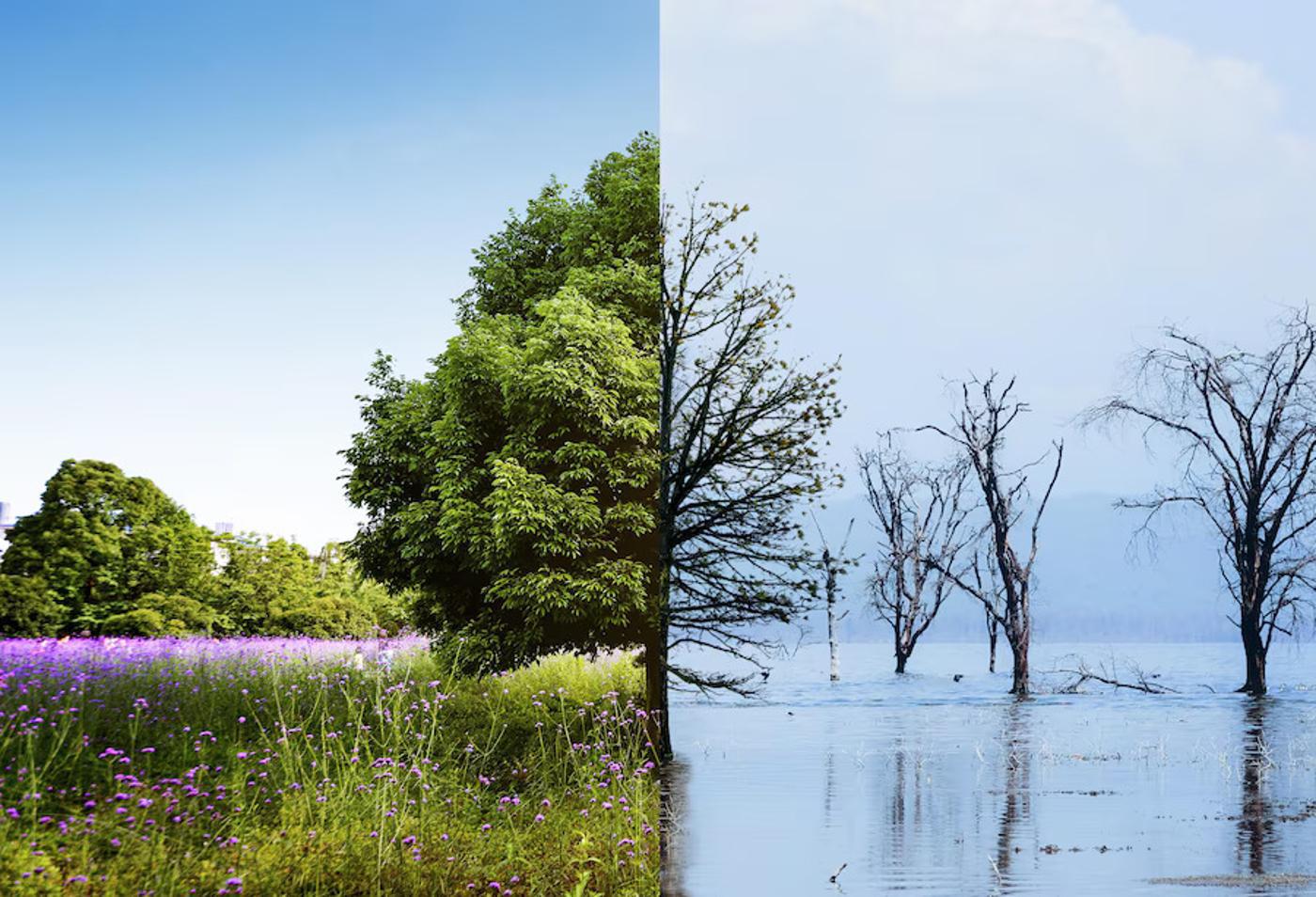
Source: Freepik
Unfortunately, not every civilization was able to adapt to the changing world and was lost to time.
Understanding a Major Gap in Human History
“This project will bring together the necessary concentration of resources and expertise to make decisive advances in knowledge, especially in exploring the more deeply submerged landscapes that were drowned by postglacial sea-level rise,” Geoff Bailey, Anniversary Professor of Archaeology (Emeritus) at the University of York, Professor of Archaeology at Flinders University Australia and a member of the SUBNORDICA team, said.

Source: Adobe Stock
“The submerged landscapes of the continental shelf are a major gap in our understanding of human history and their investigation is a worldwide challenge.”
More Underwater Discoveries
Scientists are constantly looking beneath the surface to uncover the history of humanity. From ancient pyramids found off the coast of Cuba to a 7,000-year-old stone road leading to a “strange structure” underwater, many surprises await discovery.
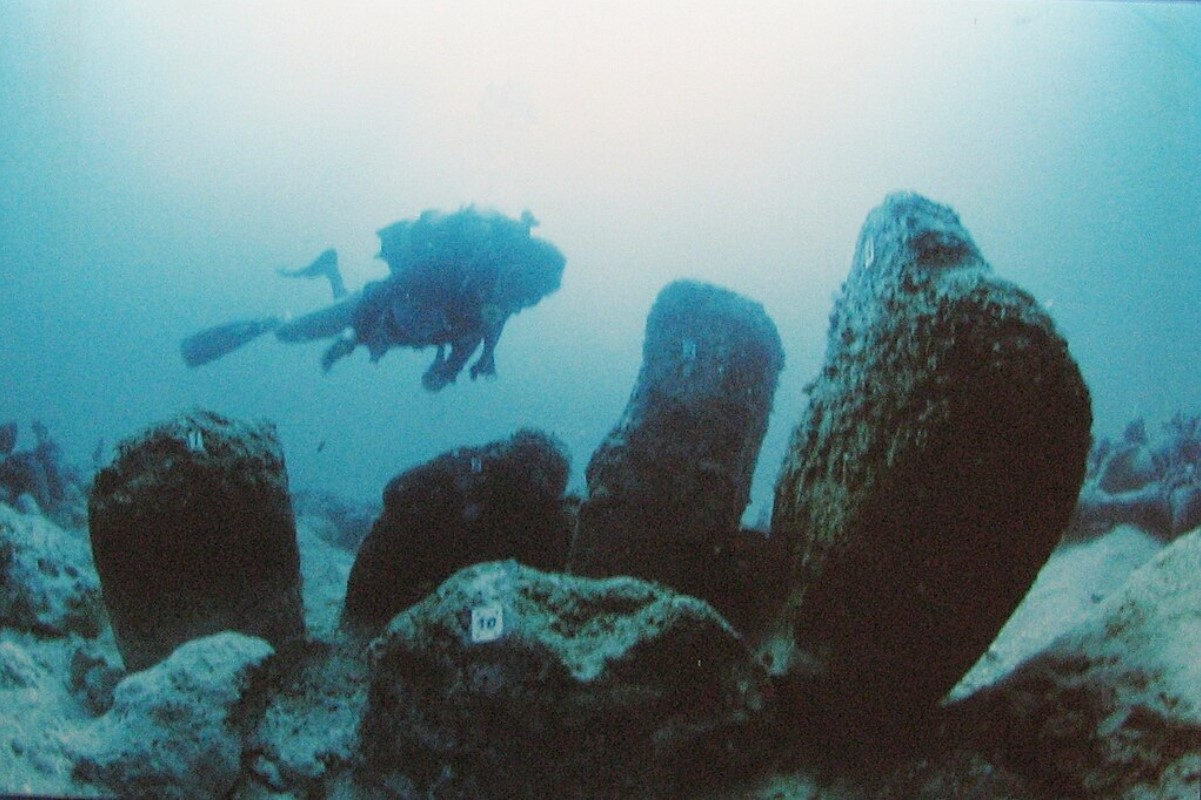
Source: Wikimedia
These findings may puzzle many, but with time and research, we can understand pieces of history that have been missing from our knowledge of life for decades.
